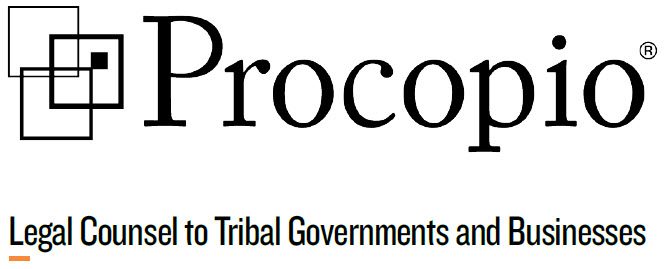
By: Gabriela Rios | Attorney | gabriela.rios@procopio.com
In the aftermath of the fight to prevent the construction of the Dakota Access Pipeline and continuing efforts to reverse the actions taken by the U.S. Army Corps of Engineers, many people are wondering how a future conflict such as this might be prevented.
Much of the problem—i.e., the desecration of cultural and religious sites–lies with inadequate consultation by the federal, state and local governments under federal law and policies, as well as a misunderstanding of or even a complete disregard for, tribal cultures and religions. I was recently reminded that some of the burden also lies with tribal governments. Although we should continually demand improved federal, state or local policies surrounding the protection of cultural and religious sites and for improved consultation with tribes,that is only half the battle. It takes two parties (at least) to consult.
Tribes must be effective participants at the consultation table. One way to do this is to develop tribal consultation policies. Trese policies can provide an important tool to ensure meaningful consultation on a Tribe’s own terms. We have found that written policies also provide clear goals, rationale, predictability and consistency on the tribe’s side of the consultation, which provides structure to a dialogue with other government agencies that often lack each of these qualities.
The Indigenous Peoples Law and Policy Program at the University of Arizona James E. Rogers College of Law created a reference tool for tribes considering enacting their own consultation laws and policies, available here. Consultation can mean different things to different tribes, and the capacity to respond to requests for consultation can vary from tribe to tribe. Therefore it is important to develop a process that implements best practices, but also one that the tribe has the capacity to implement.
 Gabriela is a citizen of the Cahuilla Band of Indians and an associate with the Native American Law Practice Group. She graduated from the James E. Rogers College of Law at the University of Arizona in 2015 and is admitted to the State Bar of California.
Gabriela is a citizen of the Cahuilla Band of Indians and an associate with the Native American Law Practice Group. She graduated from the James E. Rogers College of Law at the University of Arizona in 2015 and is admitted to the State Bar of California.
 Ted is head of the Native American Law practice group and primary editor for the Blogging Circle. Connect with Ted at ted.griswold@procopio.com and 619.515.3277.
Ted is head of the Native American Law practice group and primary editor for the Blogging Circle. Connect with Ted at ted.griswold@procopio.com and 619.515.3277.


